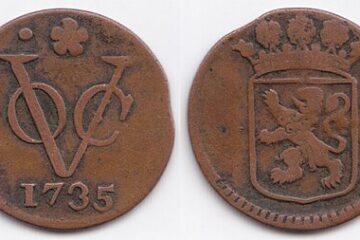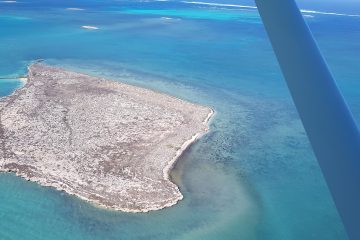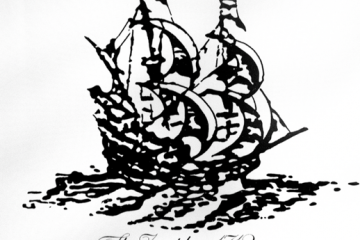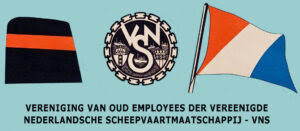
In 1920, several major Dutch shipping companies joined forces to create the Vereenigde Nederlandsche Scheepvaartmaatschappij (United Netherlands Shipping Company), known by its initials VNS. Their aim was to streamline operations and strengthen global maritime links — including important routes to Australia. Over the following decades, the member lines of the VNS helped transport cargo, migrants, and troops, leaving a deep mark on Australia’s port cities and migration history. This article traces the evolution of those shipping companies through war, migration, mergers, and containerisation — and shows how one Dutch name still sails proudly into Australian harbours today.
United shipping strength: the formation of the VNS
The VNS was formed in 1920 to unify the international liner services of several Dutch shipping companies. This powerful consortium allowed Dutch maritime firms to coordinate operations, share infrastructure, and increase their competitiveness in global trade. Member companies included:
- Stoomvaart Maatschappij Nederland (SMN) – served routes from Amsterdam to the Dutch East Indies and onward to Australia.
- Koninklijke Rotterdamsche Lloyd (KRL) – operated similar lines via Rotterdam and Java.
- Koninklijke Paketvaart-Maatschappij (KPM) – offered extensive services between Java and northern/eastern Australia.
- Koninklijke Java-China-Paketvaart-Lijnen (KJCPL) – focused on Southeast Asian trade; some overlap with Australian cargo routes.
- Java-China-Japan Lijn (JCJL) – served East Asian routes with limited Australian connections.
- Koninklijke Nederlandsche Stoomboot-Maatschappij (KNSM) – operated in the Caribbean and South America; some wartime service in Australia.
- Holland-Amerika Lijn (HAL) – focused on transatlantic crossings; wartime and modern cruise operations extended to Australia.
- Koninklijke Hollandsche Lloyd (KHL) – primarily served South American ports.
- Van Ommeren – specialised in tankers and bulk shipping; occasional Australian visits.
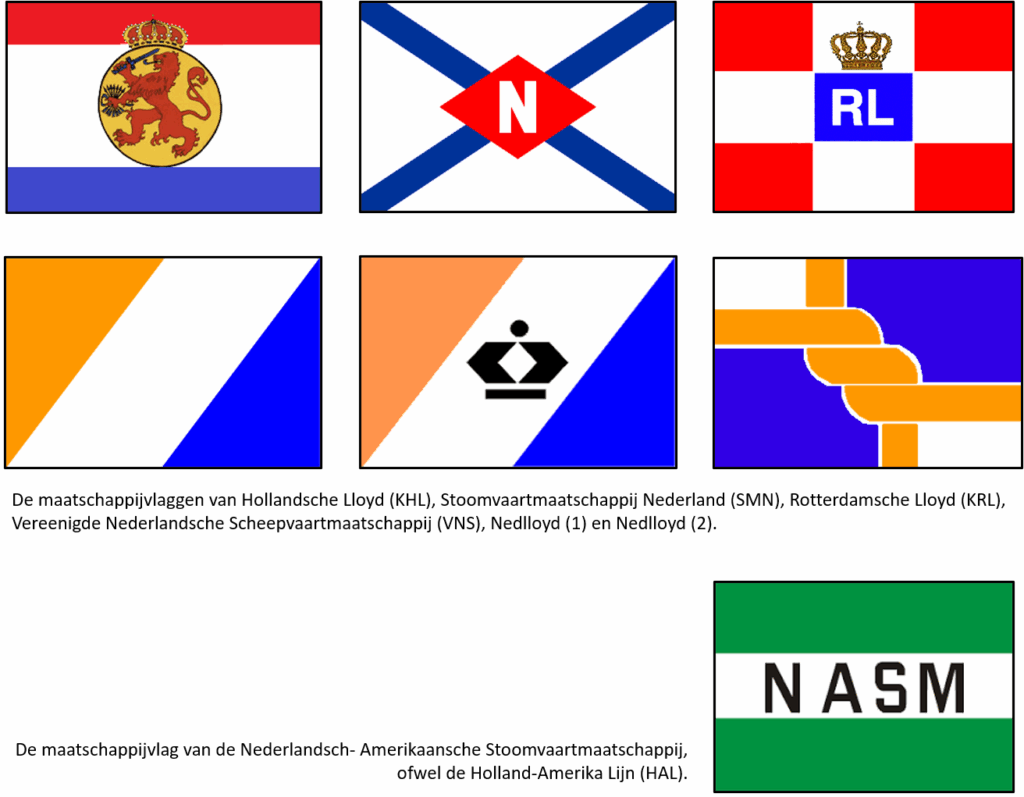
See also: Steam Shipping Lines Australia – Netherlands – starting in 1864
Of these, SMN, KRL, and especially KPM maintained the most active and regular services to Australia. KPM, in particular, had a strong presence in Darwin, Townsville, Brisbane, and Sydney, with vessels regularly ferrying goods, passengers, and mail between Java and Australia. During the Second World War, many Dutch ships sought refuge in Australian ports and were absorbed into the Allied war effort.
Wartime cooperation and post-war migration
The Pacific War strengthened Dutch-Australian maritime cooperation. Dutch merchant and naval vessels, operating from exile, were key components in the Allied logistics network based in Australia. In 1942 alone, 19 of the 27 merchant ships operating from Australian ports were Dutch-flagged, including vessels previously under VNS ownership.
After the war, Dutch liners such as the Johan van Oldenbarnevelt and Oranje brought thousands of migrants to Australia, particularly under assisted passage schemes in the 1950s and 60s. These journeys formed part of the broader post-war migration story and established personal connections that continue in Dutch-Australian families today.
See also: Dutch immigrant ships to Australia
Mergers, containerisation and the end of an era
As containerisation revolutionised shipping in the 1960s, traditional ocean liners became less viable. In response, the major VNS companies began to merge. In 1970, the Nederlandse Scheepvaart Unie (NSU) was formed from SMN, KRL, and others. This group was later renamed Koninklijke Nedlloyd Groep N.V. in 1977.
Nedlloyd expanded through the 1980s but struggled against global competition and rising costs. In 1996, it merged its container operations with P&O Containers to form P&O Nedlloyd, a short-lived but ambitious Anglo-Dutch venture. Eventually, in 2005, this was acquired by Maersk Line, marking the end of Dutch-owned global shipping lines in their traditional form.
The Holland America Line: a living maritime link
Yet one Dutch maritime name still sails into Australian ports today: Holland America Line (HAL). Though now headquartered in Seattle and part of the Carnival Corporation, HAL retains its Dutch heritage proudly. The ships fly the Dutch flag, and many retain Dutch crew, cuisine, and cultural symbols.
HAL’s cruise ships regularly visit Australia, docking in major cities like Sydney, Melbourne, Brisbane, Fremantle, and Hobart. Ships such as the MS Noordam, MS Volendam and MS Westerdam offer itineraries that include Australia, New Zealand, the South Pacific, and Southeast Asia. Onboard, passengers celebrate Dutch holidays like King’s Day, dine on traditional dishes, and encounter reminders of the line’s origin in Rotterdam.
While the age of Dutch merchant liners and steamship routes to Australia has passed, the legacy lives on — in port records, family migration stories, and the enduring presence of the Holland America Line. This heritage is a testament to the long-standing maritime bond between the Netherlands and Australia — a relationship built on trade, migration, war, and now tourism.
